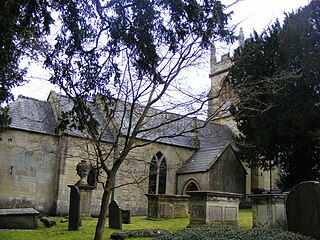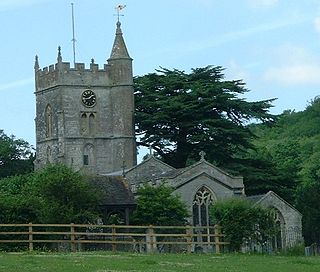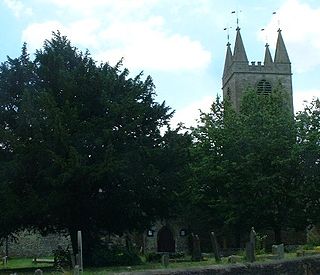Related Research Articles

Avon was a non-metropolitan and ceremonial county in the west of England that existed between 1974 and 1996. The county was named after the River Avon, which flows through the area. It was formed from the county boroughs of Bristol and Bath, together with parts of the administrative counties of Gloucestershire and Somerset.

Combe Hay is a village and civil parish in the English county of Somerset. It falls within the Cotswolds Area of Outstanding Natural Beauty. The parish has a population of 147.

Wansdyke was a non-metropolitan district within the County of Avon west of England from 1974 to 1996.

North East Somerset is a constituency represented in the House of Commons of the UK Parliament, since it was created for the 2010 general election, by Jacob Rees-Mogg of the Conservative Party.

Priston is a civil parish and village 4 miles (6 km) south west of Bath in Bath and North East Somerset, which is within the English ceremonial county of Somerset. The parish includes the hamlet of Wilmington.

Compton Dando is a small village and civil parish on the River Chew in the affluent Chew Valley in England. It is in the Bath and North East Somerset council area and ceremonial county of Somerset, and lies 7 miles (11.3 km) from Bristol, 8 miles (12.9 km) from Bath, and 3 miles (4.8 km) from Keynsham.

Marksbury is a small village and civil parish on the eastern edge of the affluent Chew Valley in Somerset, about 4 miles (6.4 km) from Keynsham and 7 miles (11.3 km) from Bath on the A39 where it meets the A368. The parish, which includes the villages of Hunstrete and Stanton Prior, has a population of 397.

Corston is a small village and civil parish close to the River Avon and situated on the A39 road in the Bath and North East Somerset unitary authority, Somerset, England. The parish has a population of 494.

North Stoke is a village within the civil parish of Kelston in the Bath and North East Somerset (BANES) unitary authority within the historic county of Somerset, England, and close to the border with South Gloucestershire. The parish has a population of 72.
Taunton was a rural district in Somerset, England, from 1894 to 1974.
Wincanton was a rural district in Somerset, England, from 1894 to 1974.

Elections were held on 6 May 1999 to elect 65 local councillors for Bath and North East Somerset Council, the second election for the council. The results are show below. After the election, a minority Liberal Democrat administration was formed.

Elections were held on 1 May 2003 to elect 65 local councillors for Bath and North East Somerset Council. The results are shown below. Following the election, a coalition was formed between the Liberal Democrats and Conservative councillors. Cllr Paul Crossley became leader of the council.

Elections were held on 3 May 2007 to elect 65 local councillors for Bath and North East Somerset Council. The results are show below. Following the elections, a Conservative minority administration was formed. Cllr Francine Haeberling became leader of the council. This replaced the previous Liberal Democrat and Conservative coalition.

The Bath and North East Somerset Council election was held on 5 May 2011 to elect 65 local councillors for Bath and North East Somerset Council. Following the election, a minority Liberal Democrat administration was formed. Cllr Paul Crossley became leader of the council.

The 2015 Bath and North East Somerset Council election took place on 7 May 2015 to elect members of Bath and North East Somerset Council in England. This coincided with other local elections and the 2015 general election.